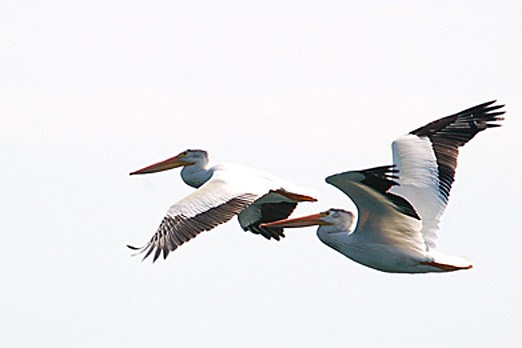A wildlife biologist says the Ministry of Natural Resources hasn’t provided enough information for him to give feedback on new American White Pelicans habitat regulations.
The MNR laid out the recovery strategy for the pelicans about a year ago and then produced the habitat regulations for the threatened bird species last month. The recovery team recommended the area where pelicans breed should be protected and should have a 300-metre buffer. The recommendation would be in place for as long as the birds were in those locations.
The MNR asked for comments from the public on the document.
But Wildlife Biologist Brian Ratcliff said there’s not enough information to provide sufficient comment. He said the Thunder Bay Field Naturalist Club asked him to provide some comments to the document but so far, he wasn’t able to.
“(The MNR) put one paragraph in a five or sixed lined statement and that’s it,” Ratcliff said. “When I emailed the MNR to ask about the document to comment on it they told me that paragraph is what is out there. There’s no further documentation that will accompany it. There’s really not a lot to comment on.”
Ratcliff said they have 40 days since the regulations were posted to provide comments. He searched for more information but when none came up, he had to email the MNR who told him that was all that was available, he said.
Pelicans have been spotted in Lake Superior near Mission Island but Ratcliff said he doesn’t know if the recommendations would have any impact.
He said the pelicans often spend time in areas near Mission Island and breed up near Lake Nipigon or Lake of the Woods.
But it isn’t clear what the recommendations cover or what kind of protection they offer, he said.
“There should be a document on what’s going on here,” he said. “There’s no publically available background or rational report. It’s difficult to comment because you don’t know how it was created and you don’t know the background behind it.”
He added he will go through the recovery strategy to figure out what the habitat regulation should look like.
